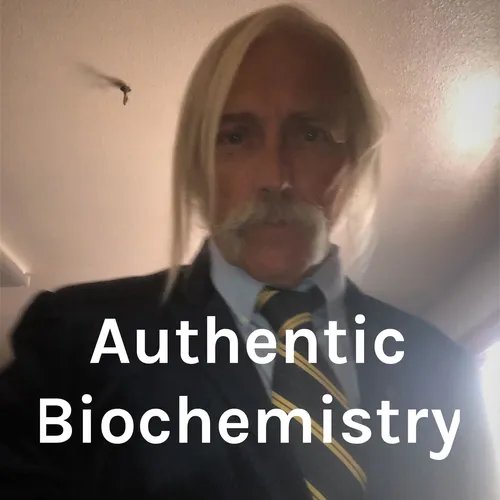Physical Biochemistry of Free Energy Transfer for Membrane Transport of Molecules and Ions.Dr Dan Guerra 19 Feb 2021
- Author
- Dr Daniel J. Guerra
- Published
- Sat 20 Feb 2021
- Episode Link
- https://podcasters.spotify.com/pod/show/dr-daniel-j-guerra/episodes/Physical-Biochemistry-of-Free-Energy-Transfer-for-Membrane-Transport-of-Molecules-and-Ions-Dr-Dan-Guerra-19-Feb-2021-eqln0b
•Free energy change(chemical potential difference) for transporting 1 mole of a substance from region where its concentration is C1 (e.g., Cout) to region where its concentration is C2 (e.g., Cin):
∆G= RTln(C2/C1)
(favorable with ∆G< 0 if C2< C1)
•Transport of ionsacross membrane (must consider electrical potential in addition to concentration difference):
∆G= RTln(C2/C1) + ZF ∆Y
(Z=charge of ion, F=Faraday’s constant, ∆Y=membrane electrical potential in volts)
•Coupled transport (active transport):
∆G= RTln(C2/C1) + ∆G´
(∆G´ of coupled process, such as ATP hydrolysis, may be negative enough to compensate for unfavorable transport against concentration gradient when RT ln (C2/C1) > 0)
•Diffusional transport: movement of substance from high to low concentration across membrane (down concentration gradient)
–Non-facilitated diffusion across lipid bilayer (slow for most biological substances)
–Facilitated diffusion (accelerated diffusion by making membrane more permeable to specific transported substance, e.g., channels and carriers)
•Active transport: Actively driven (generally directly or indirectly coupled to ATP hydrolysis) transport against concentration gradient from low to high concentration across membrane (e.g., pumps)
